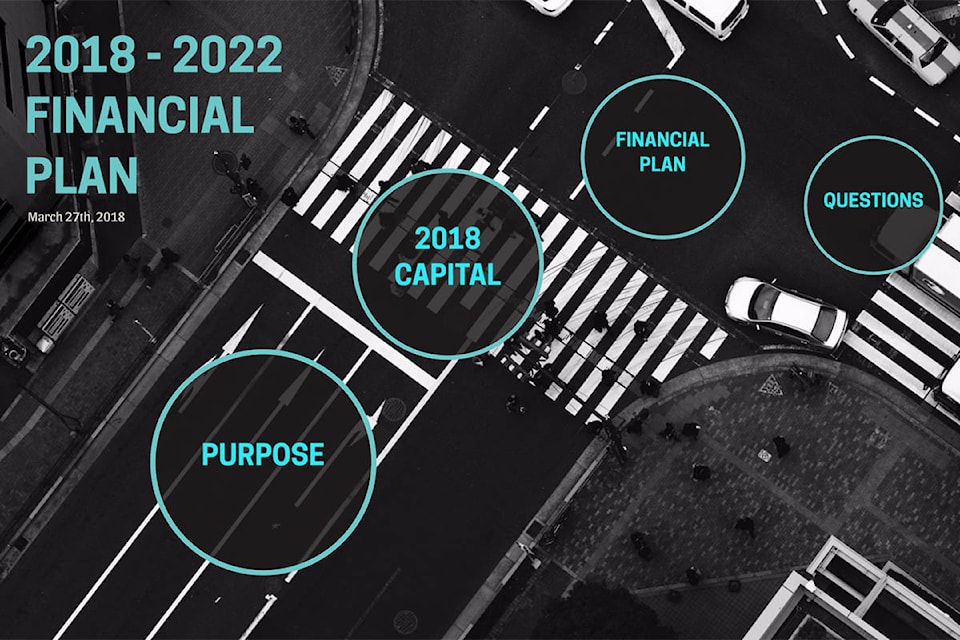The 100 Mile District shared their 2018-2022 financial plan to the public on March 27, as per the community charter.
The four main objectives of the financial plan are; debt retirement, upgrading, replacing, maintaining infrastructure mobile equipment, staff development and training and reducing dependency on major industry.
Council is trying to bring down dependency on major industry in case something drastic were to happen.
“I think what’s important is that it is such a slow process. The goal was to reduce that dependency where possible so that god forbid we lost one of our major employers that we would be able to sustain ourselves and carry forward and that’s why we’re trying to get some pared between all the property classes and reduce that dependence,” said Roy Scott, the administrator.
The financial plan includes a 1 per cent increase in tax rates to collect the same value as the previous year to maintain service levels.
Council has also been looking at being more efficient and costs saving, like cutting $25,000 per year by changing the phone systems, according to Scott.
“We’ve been fairly successful in eliminating tax increases through our due-diligence and keeping costs low and staffing efficient,” he said.
The Horse Lake intersection reconstruction project’s debt, according to Scott, will be paid off ten years early and saving ratepayers roughly $1 million in a ten-year period. Some capital projects will be completed this year, such as the 100 Mile House water supply upgrade, the Alpine Loop utility upgrade and three new picnic shelters in Centennial Park.
The water supply upgrade’s commissioning is scheduled for April 1 and all paving for the Alpine Loop could be completed by October.
Other projects for 2018 are multiple paving and sidewalk projects, the waterpark, a pipeline video inspection system, the purchase of a multi-passenger golf cart to assist residents in getting to and from local events, more renovations to Martin Exeter Hall and the cemetery memorial wall.
The largest portion of council the District’s funding comes from taxes and grants in lieu, making up 45.8 per cent, the majority of that coming from the general tax levy. The biggest portion of their expenditures are transportation, utilities and environmental health at 34 per cent and costs between $2,000,000 and $2,500,000.
The report is available on the district’s website.
